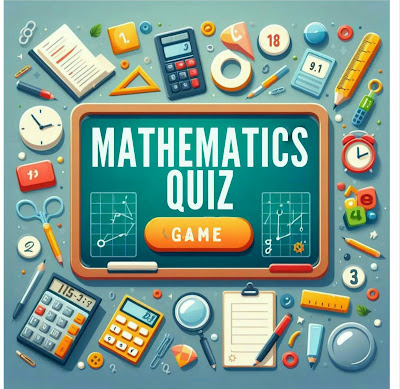Pencemaran lingkungan kelas 7

Pencemaran Lingkungan: Dampak dan Upaya Pencegahan Pencemaran lingkungan merupakan masalah serius yang dihadapi oleh masyarakat modern. Tiga jenis pencemaran utama yang perlu kita waspadai adalah pencemaran air, tanah, dan udara. Mari kita bahas lebih detail mengenai masing-masing jenis pencemaran ini. 1. Pencemaran Air Pencemaran air terjadi ketika ada perubahan keadaan air akibat aktivitas manusia. Perubahan ini bisa mencakup perubahan bau, warna, atau rasa air. Sumber-sumber pencemaran air sangat beragam, mulai dari limbah pertanian hingga limbah rumah tangga. Dampak pencemaran air sangat luas dan berbahaya . Beberapa dampak yang perlu kita waspadai antara lain: Kerusakan ekosistem air, yang dapat mengancam kelangsungan hidup berbagai spesies air Kematian hewan-hewan air akibat racun atau kurangnya oksigen Air menjadi tidak layak konsumsi, yang dapat mengancam kesehatan manusia Pendangkalan sungai akibat akumulasi limbah Ledakan populasi alga yang dapat menggan...

